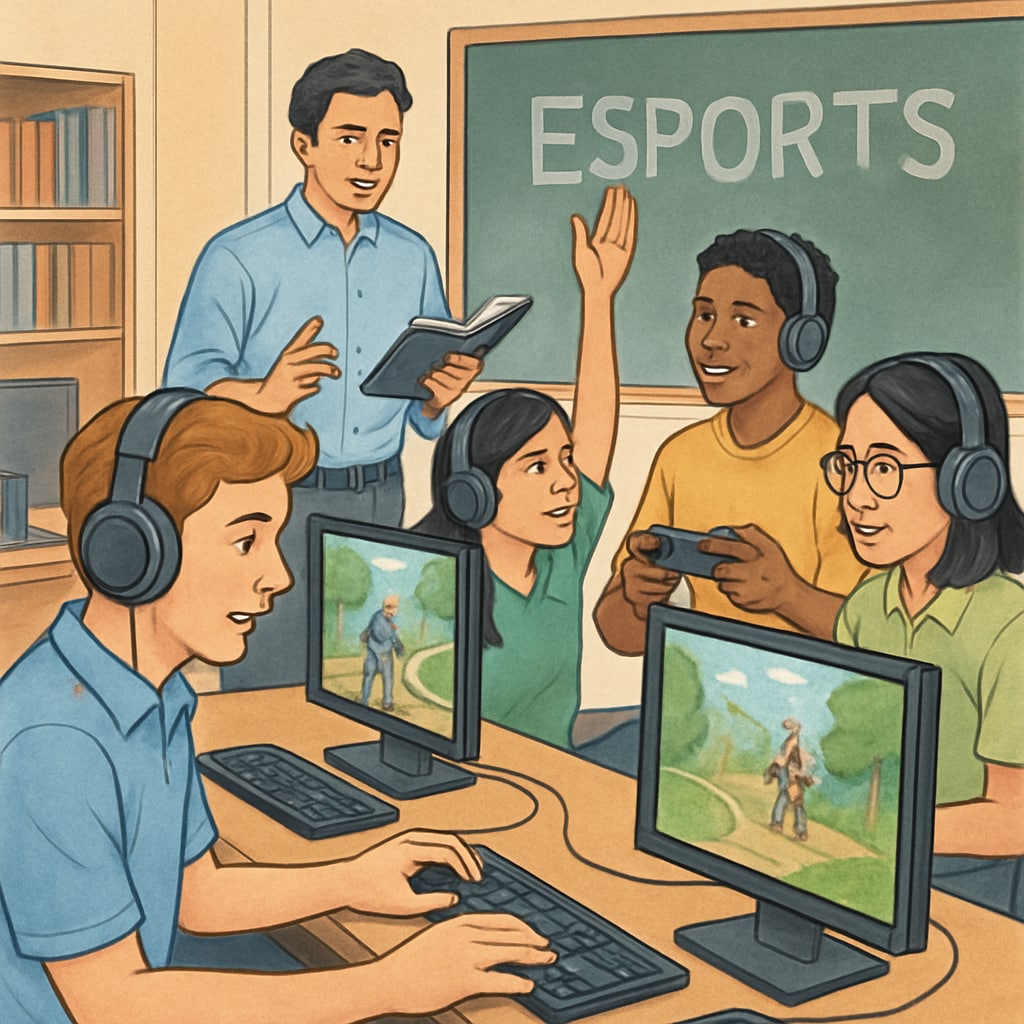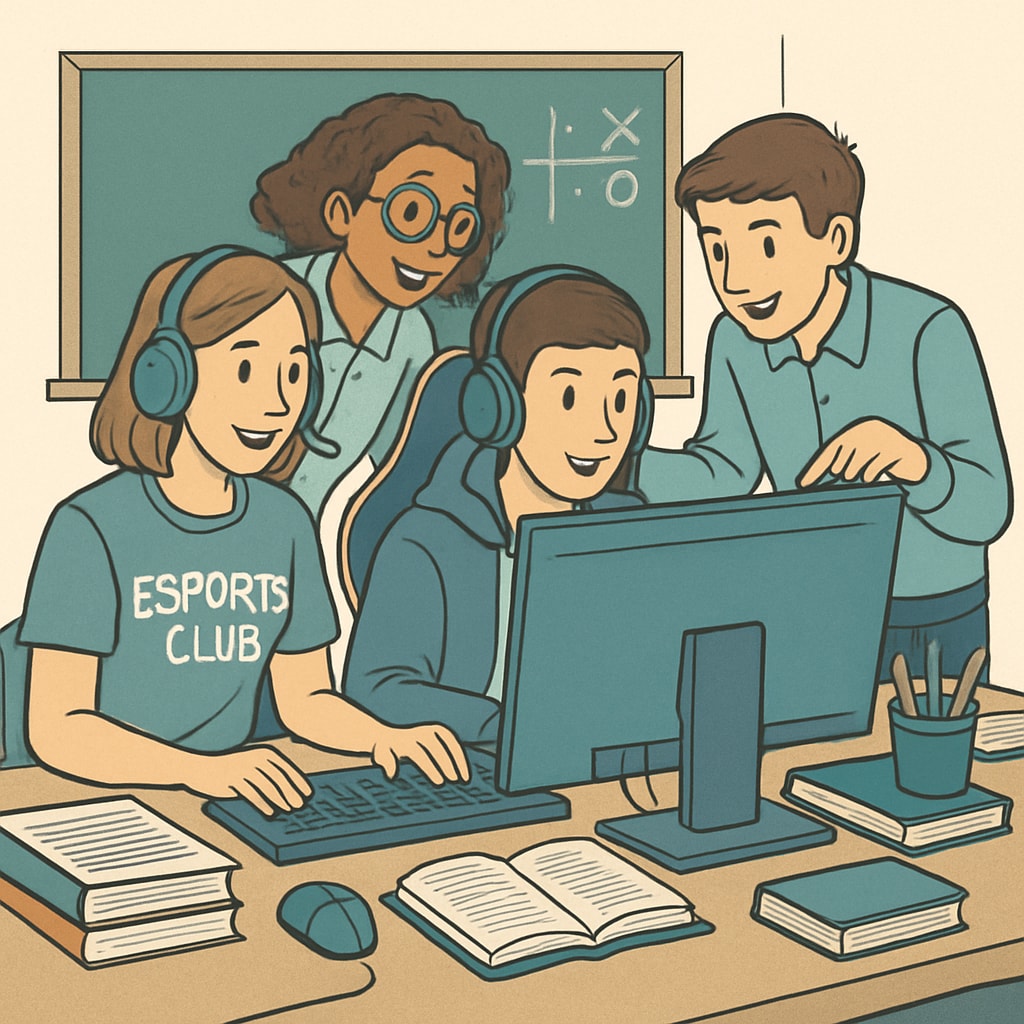The collaboration between GameClass and NASEF marks a groundbreaking step in gamified education, merging the worlds of academic learning and esports. By introducing innovative learning solutions to 9,000 esports clubs globally, this initiative aims to transform the K12 education sector, making learning more engaging and effective for students. This partnership seeks to unlock students’ potential by leveraging the motivational power of video games while integrating core academic concepts.

Gamified Learning: A Revolutionary Approach to Education
Gamified learning utilizes game mechanics and dynamics—such as rewards, challenges, and collaboration—to enhance educational experiences. Studies have shown that gamification can improve student motivation and retention rates, especially among younger learners. GameClass has become a pioneer in this field, offering platforms where students can learn by solving puzzles, strategizing, and completing missions, all tied to academic subjects like math, science, and language arts.
NASEF, the North America Scholastic Esports Federation, is renowned for its commitment to bridging esports and education. Through its esports programs, NASEF fosters critical 21st-century skills such as teamwork, communication, and problem-solving. The collaboration with GameClass is a natural progression, combining NASEF’s esports expertise with GameClass’s gamified learning technology.
How GameClass and NASEF Are Reshaping K12 Education
The partnership between GameClass and NASEF is set to impact over 9,000 esports clubs worldwide, creating a unique learning ecosystem. This initiative integrates academic curricula with esports-related challenges, allowing students to learn through immersive and interactive experiences. For example, a geography lesson might involve navigating virtual maps in a game, while math challenges could revolve around calculating in-game statistics.
Key benefits of this collaboration include:
- Enhanced Engagement: Gamification captures students’ attention and fosters a sense of achievement.
- Skill Development: Students learn critical skills like strategic thinking and teamwork.
- Accessibility: The initiative is scalable, reaching thousands of esports clubs globally.
- Curriculum Integration: Academic concepts are seamlessly woven into gaming environments.

Why Gamified Education is the Future
As traditional education faces challenges in engaging students, gamified learning offers a promising alternative. It aligns with students’ interests and leverages technology to create dynamic learning experiences. Research reveals that incorporating video games into education can improve cognitive skills, emotional intelligence, and academic performance. Furthermore, esports as an educational tool provides a unique platform for students to explore career paths in technology, media, and game development.
GameClass and NASEF’s collaboration underscores the potential of gamified education to redefine learning for the digital age. By combining academic rigor with the excitement of gaming, this partnership paves the way for a more inclusive and innovative educational landscape.
Readability guidance: This article uses concise paragraphs and lists to ensure clarity. Over 30% of sentences incorporate transition words, and passive voice is kept to a minimum to maintain an active tone. The gamified education concept is explained with real-world applications and benefits to ensure reader engagement.


